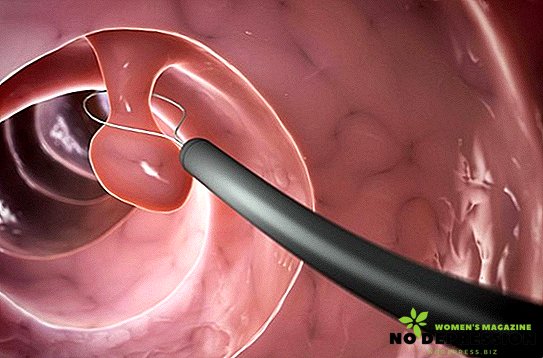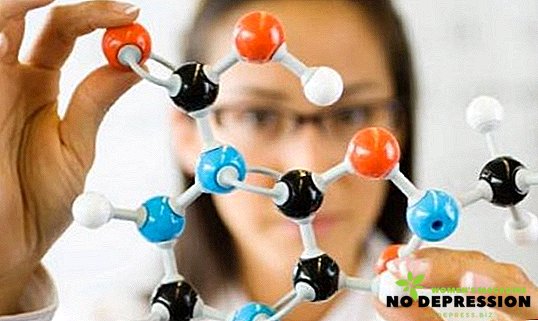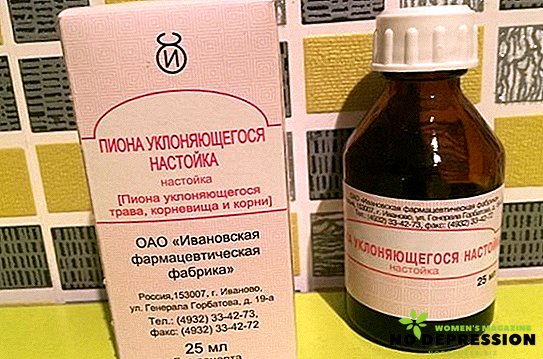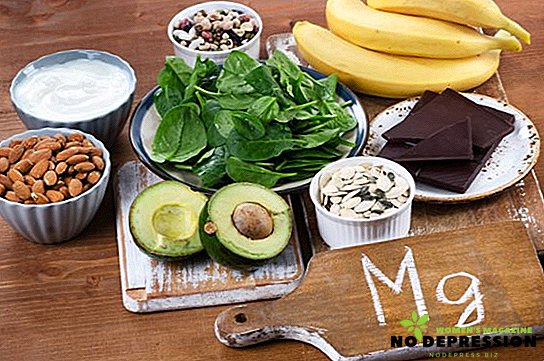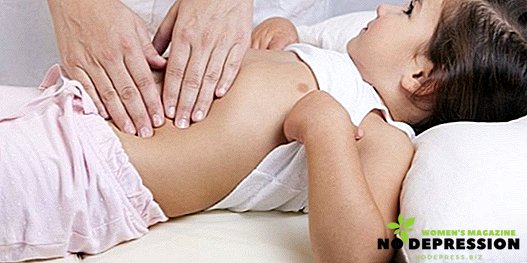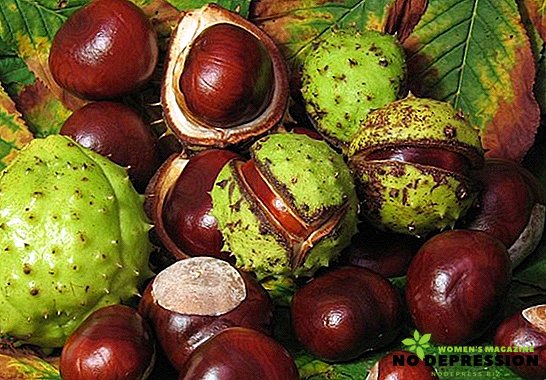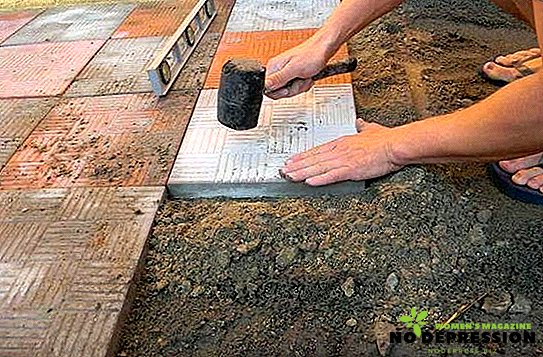There are many causes of abdominal pain: they can be caused by both gynecological and other reasons. It is very important to consult a doctor in time to find out the reason for starting the treatment.
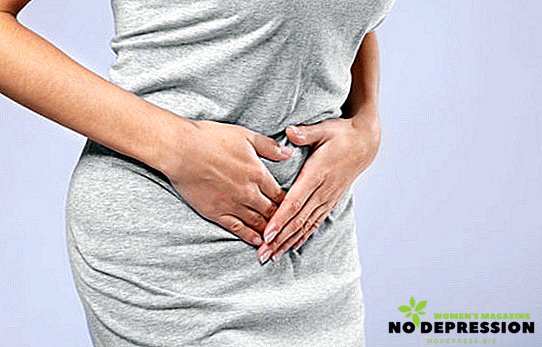
Possible causes of abdominal pain
Endometriosis
The inner part of the uterus is covered with a layer of epithelial tissue called the endometrium. Normally, it is located only in the organ cavity, but in endometriosis, part of the epithelium extends beyond the uterus. This pathology can be manifested by pulling pains, which can be both moderate and strong enough. The severity of this symptom depends on the degree of damage, the individual pain threshold.
Another sign that will allow to suspect endometriosis is the appearance of dark brown discharge on the first and last day of menstruation. Such secretions do not have a specific smell, they do not contain pus and other impurities. The most common symptoms of endometriosis include:
- pain during intercourse;
- lack of pregnancy for a long time;
- acute pain when urinating;
- pain in the pelvis and lower back;
- menorrhagia, that is, long and abundant periods.
It is necessary to treat this pathology at the initial stages, since the risk of severe complications increases with delayed therapy.
Appendage problems
One of the most frequently diagnosed female diseases is salpingo-oophoritis. This is an inflammation of the ovaries and fallopian tubes of an infectious nature. Pathogens enter the fallopian tube and begin to move further, as a result, reach the ovaries. The pain during inflammation of the appendages most often is acute, but in the case of a chronic course of the pathology, the woman may notice occasional nagging pains.
Also, this disease can be characterized by an increase in the volume of vaginal discharge, the appearance of a small amount of pus. When collecting the medical history, the doctor may suspect this pathology for such complaints as:
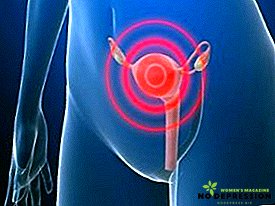 body temperature is +38 degrees and higher;
body temperature is +38 degrees and higher;- weakness and malaise;
- chills;
- pain when urinating;
- enhanced sweat glands.
In some cases, the pain may occur as a result of the torsion of the appendages. This disease is a twisting of the ligaments that hold the ovary, because of which the blood supply to the pelvic organs is disrupted. Clinically, this is manifested by nagging pains, bouts of nausea, and the appearance of vomitus. A distinctive feature of the disease is a decrease or increase in the severity of symptoms after a change in body position.
Cancer of the uterus and ovaries
Malignant neoplasms in the initial stages are practically without symptoms, so the pain is usually moderate and does not bother the woman. This is the main danger of this pathology, since the majority of patients go to the doctor when the disease is advanced, when metastases begin to actively form.
After the onset of menopause, the likelihood of developing cancer pathologies increases, so women should not be neglected after 45 years of age. An extraordinary examination is required in case of symptoms that indicate a malignant lesion of the uterus or appendages. These include:
- pulling pains in the abdomen;
- intermittent bleeding;
- white leucorrhea with pus.
After scraping
Scraping the uterus is performed:
- abortion;
- to stop uterine bleeding;
- for the diagnosis of pathologies.
If this procedure was carried out according to all the rules, then it almost never causes complications. At the same time, a slight pulling pain for three days after curettage is the norm. She should not disturb a woman in the absence of fever and purulent discharge.
Other reasons
Not always the causes of pulling pain in the lower abdomen have gynecological symptoms. Often, these symptoms bother a woman during inflammatory processes in the kidney, bladder. For example, in acute cystitis, the pain is usually acute, but if the pathology has become chronic, there may be nagging pain. Also, the pain may increase when exposed to adverse factors, such as hypothermia, rough sexual intercourse. A distinctive feature of cystitis is a burning sensation and pain during urination, however, similar symptoms may occur with genital infections.
The most frequent infections are gonorrhea, chlamydia, trichomoniasis. However, infection of the genital tract is accompanied by very bright symptoms. In addition to the pain of women may be disturbed:
- discharge with an unpleasant smell, pus;
- consistency and color of discharge vary;
- There may be a burning sensation in the groin and anus.
Diseases of the digestive system are also causes of pain. The most common are gastritis and pancreatitis. In the majority of patients, the pain in such pathologies is acute, however, with severe neglect or chronicity of the process, the painful sensations can be a pulling pain of moderate intensity. Another pathology is inflammation of the gallbladder, that is, cholecystitis. Distinctive feature - itchy skin, the intensity of which varies during the day.
If the painful syndrome is caused by diseases of the gastrointestinal tract, women may experience symptoms such as:
- chills;
- elevated temperature;
- vomiting or nausea;
- stool change;
- increased pain after eating.
In some cases, nagging pain may be harbingers of peritonitis in the initial stage. If you do not provide medical care on time, it is possible the development of sepsis and death.
Basic survey methods
If for some time the nagging pains do not go away, it is necessary to consult a doctor: after the examination, data collection, the doctor will be able to diagnose and determine the cause. The diagnosis is as follows:
- visual inspection;
- palpation of the abdominal cavity;
- survey to collect additional information;
- testing, including blood tests, urine tests, smears, etc.
- In addition to instrumental diagnostic methods, doctors perform pelvic ultrasound, laparoscopy, abdominal radiography and other methods.
Ways to get rid of pain
If there is nagging pain, it can be stopped. But you need to know the real cause of the appearance of this symptom and consult with a specialist.
In pregnancy, you can simply take a prone position, and it is better on the left side. In a few minutes, relief should come. In this position, it is necessary to exclude loads, stress, rest after walks. If you have problems with the gastrointestinal tract, follow a diet and exercise to improve the performance of the stomach and intestines.
It is necessary to consume more vegetables, fruits, dairy products, exclude onions, black bread, legumes from the diet.
 In pregnancy, no treatment is required, as this can cause fetal damage. It is possible that in order to stop persistent pain, you will need to drink vitamins or hormones, but only a doctor can prescribe them.
In pregnancy, no treatment is required, as this can cause fetal damage. It is possible that in order to stop persistent pain, you will need to drink vitamins or hormones, but only a doctor can prescribe them.
You will need to undergo comprehensive treatment. Local therapy is the use of antiseptic preparations for washing the genitals, can additionally appoint ointments and suppositories. Also, those who suffer from colpitis, should remember about the diet, which is based on milk products and plenty of water.
To restore the microflora can not do without probiotics and prebiotics. With the diagnosis of endometriosis can be used both operational and conservative methods of treatment.
Often, women prescribed combined oral contraceptives. Ibuprofen or another antispasmodic drug will help relieve pain. In the case when hormonal drugs do not give a positive result, an operation is prescribed. In the presence of cystitis, fluoroquinolones, quinolones or nitrofurans are used. Ibuprofen and other antispasmodics are used to relieve pain.
Significance of Concomitant Symptoms
To determine the cause of pain, it is very important to observe the accompanying symptoms:
- A bloody or other discharge that occurs in the middle of the cycle and is not related to menstruation may indicate the presence of inflammation of the internal genital organs, such as endometritis.
- Abundantly colored discharge with an unpleasant odor, an increase in temperature is characteristic of infectious pathologies of the genital organs, such as gonorrhea.
- Frequent urination may indicate pathology in the urinary system.
- Nausea, vomiting, bloating are signs of intestinal infections. In the case of appendicitis, pain is usually localized in the lower right.
Pulling pain during pregnancy
There are many reasons that lead to the appearance of pulling pain during this period. Some of them do not pose any danger, but others can signal serious diseases. To specify a pathology, it is necessary to know several important factors:
- Training fights. During pregnancy, the body is prepared for childbirth, causing contractions. This will allow the female body to prepare for the process. In this case, you should not worry, since this is a normal phenomenon.
- Hypertonus of the uterus. This problem suggests early contractions of the uterus, which are caused by the excitation of the muscles of the organs. As a rule, in 90% of cases with the appearance of pulling sensations, it is the hypertonus of the uterus that causes this. This condition is dangerous and can lead to abortion.
- Placental abruption. This pathology is dangerous for the fetus, because it is the placenta that protects the baby from many negative factors. When the placenta is detached, a woman may experience nagging pains - in this case, surgical intervention and further treatment is necessary.
If unpleasant symptoms appear, it is necessary to undergo an examination, to pass the necessary tests, which will allow to establish the cause of the pathology.


 body temperature is +38 degrees and higher;
body temperature is +38 degrees and higher;
